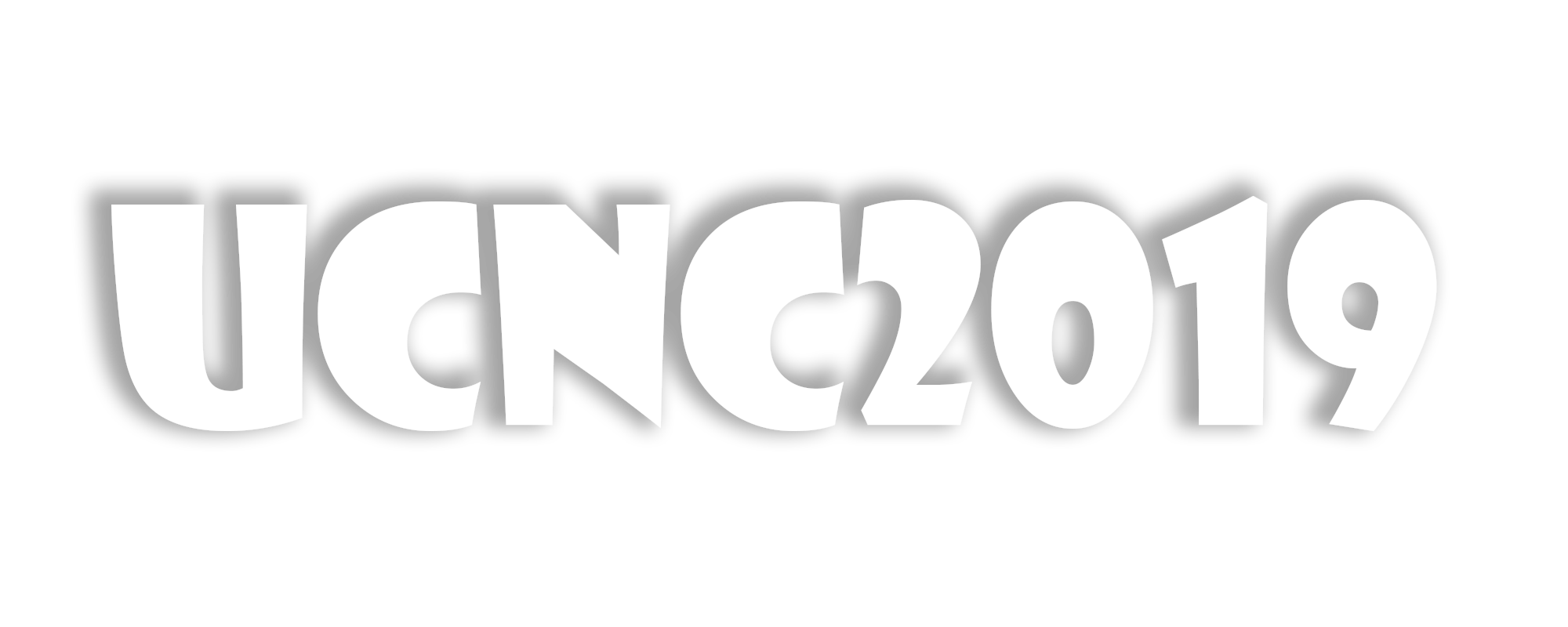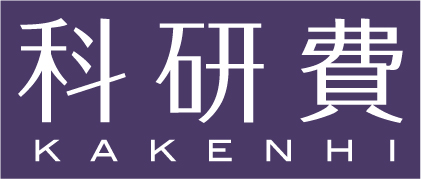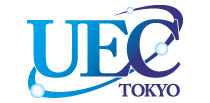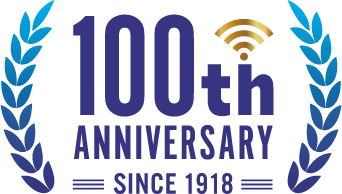PROGRAM
Tentative schedule HERE(pdf)
Accepted Full Papers
The following 19 papers have been accepted to UCNC2019. Congratulations!!The acceptance rate is about 59%.
See you in Tokyo in June.
- Quantum Algorithm for Dynamic Programming Approach for DAGs. Applications for Zhegalkin Polynomial Evaluation and Some Problems on DAGs
- The Lyapunov Exponents of Reversible Cellular Automata Are Uncomputable
- Swarm-based multiset rewriting computing models
- Relativizations of Nonuniform Quantum Finite Automata Families
- Viewing rate-based neurons as biophysical conductance outputting models
- Self-stabilizing Gellular Automata
- Further Properties of Self-assembly by Hairpin Formation
- The role of the representational entity in physical computing
- Quantum Dual Adversary for Hidden Subgroups and Beyond
- Lindenmayer Systems and Global Transformations
- The Role of Structure and Complexity on Reservoir Computing Quality
- An Exponentially Growing Nubot System Without State Changes
- DNA Computing Units Based on Fractional Coding
- Computational Limitations of Affine Automata
- Impossibility of Sufficiently Simple Chemical Reaction Network Implementations in DNA Strand Displacement
- DNA Origami Words and Rewriting Systems
- Generalized Membrane Systems with Dynamical Structure, Petri Nets, and Multiset Approximation Spaces
- OIM: Oscillator-based Ising Machines for Solving Combinatorial Optimisation Problems
- Geometric Tiles and Powers and Limitations of Geometric Hindrance in Self-Assembly
Accepted Posters
- Shiyun Liu, Ibuki Kawamata, Yuki Suzuki, Shin-ichiro M. Nomura and Satoshi Murata. Self-Assembly of a Flexible Multi-Joint Ring Motif Abstract(pdf)
- Nathan McDonald and Richard Davis. Complete & Orthogonal Replication of Hyperdimensional Memory via Elementary Cellular Automata Abstract(pdf)
- Emi Morikawa and Nathanael Aubert-kato. Optimizing Molecular-based Reservoir Computers with NSGA-II Abstract(pdf)
- Yuta Matsumura, Ibuki Kawamata and Satoshi Murata. Designing a set of non-square tiles that self-assembles into a desired shape Abstract(pdf)
- Jack Dewhirst, Matt Dale, Angelika Sebald and Susan Stepney. Evaluating One-Dimensional Continuous & Discrete Heterotic Systems Abstract(pdf)
- Hiroshi Yamashita, Kazuyuki Aihara and Hideyuki Suzuki. Optimizing Interaction Dynamics of the Analog Chaotic Solver for Boolean Satisfiability Problem Abstract(pdf)
- Young-Hyun Baek, Seock-Han Kim, Dong-Ho Lee, Byunggeun Kim and Sun-Dong Kim. A Novel Fake Fingerprint Detection Algorithm Using A Triple-Wavelengths Computation Method Based On Heart Rate Variability (HRV) Abstract(pdf)
- Konstantinos Krampis and Claudia Wultsch. Programmability, complexity and computability of large-scale cellular epigenetic networks. Abstract(pdf)
- Naoya Tate, Yuki Miyata, Suguru Shimomura, Takahiro Nishimura, Yusuke Ogura and Jun Tanida. Spatiotemporal optical specification of quantum-dot network for optical reservoir computing Abstract(pdf)




